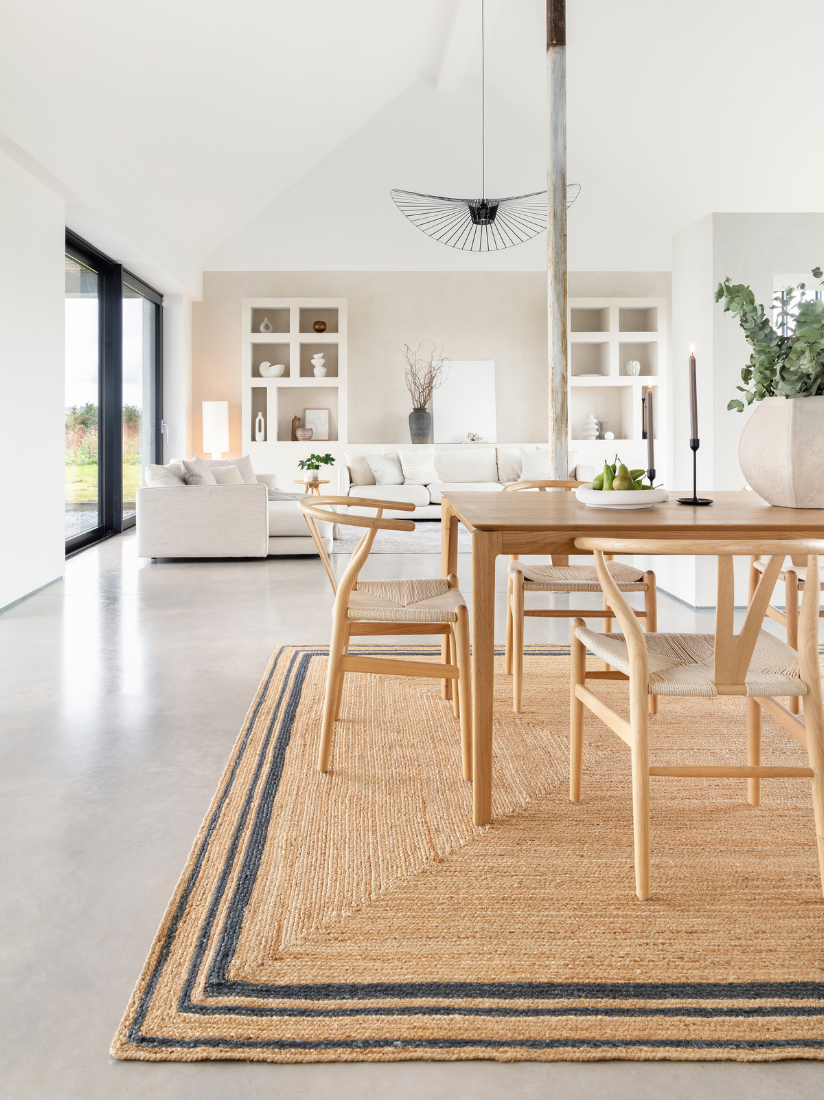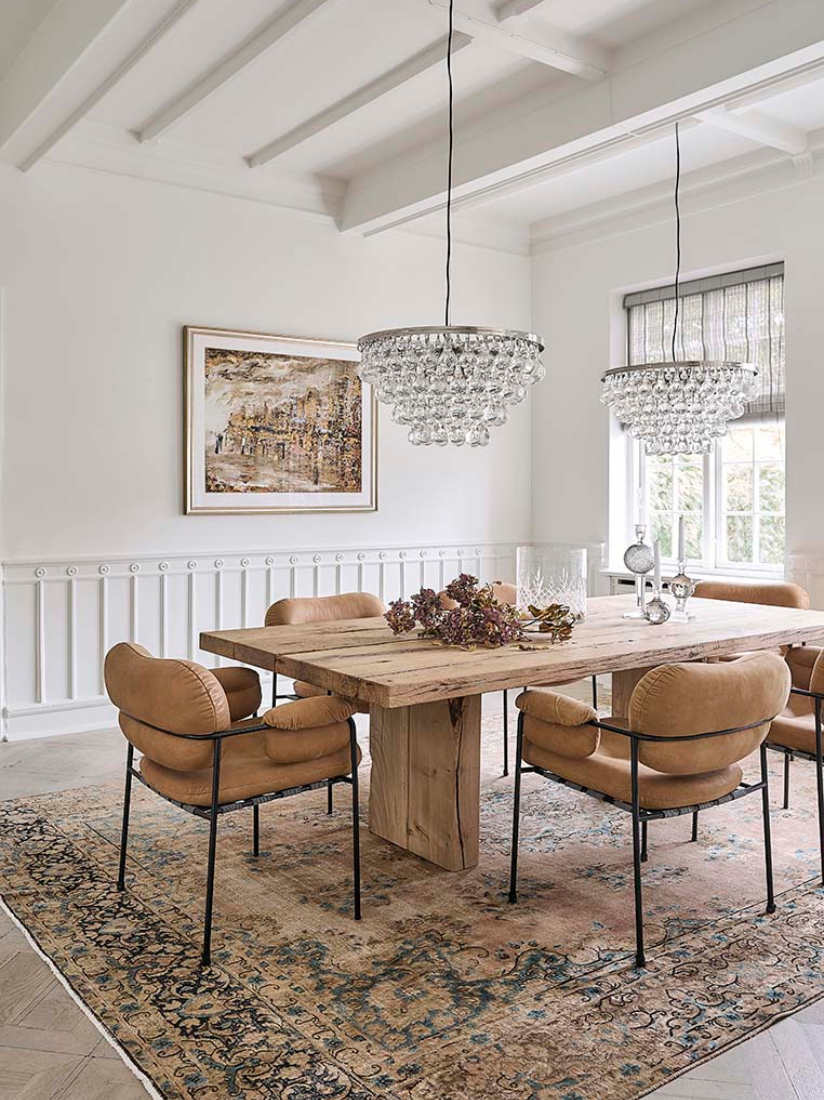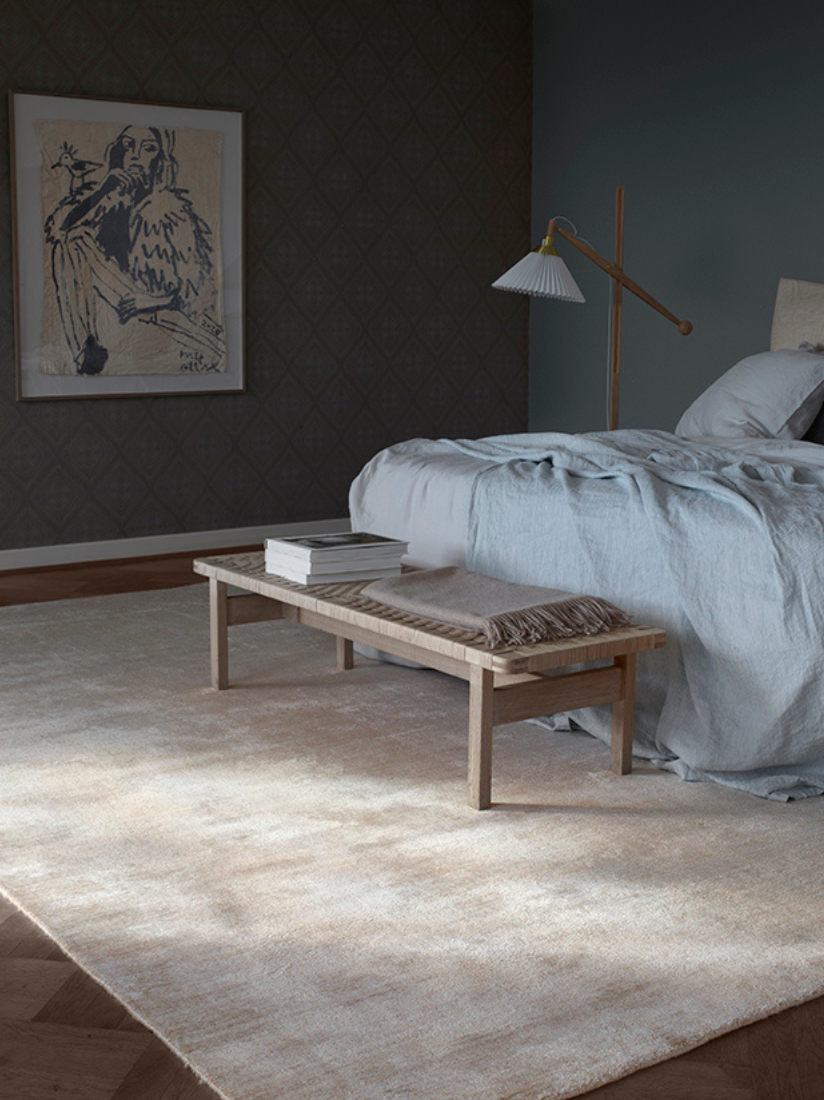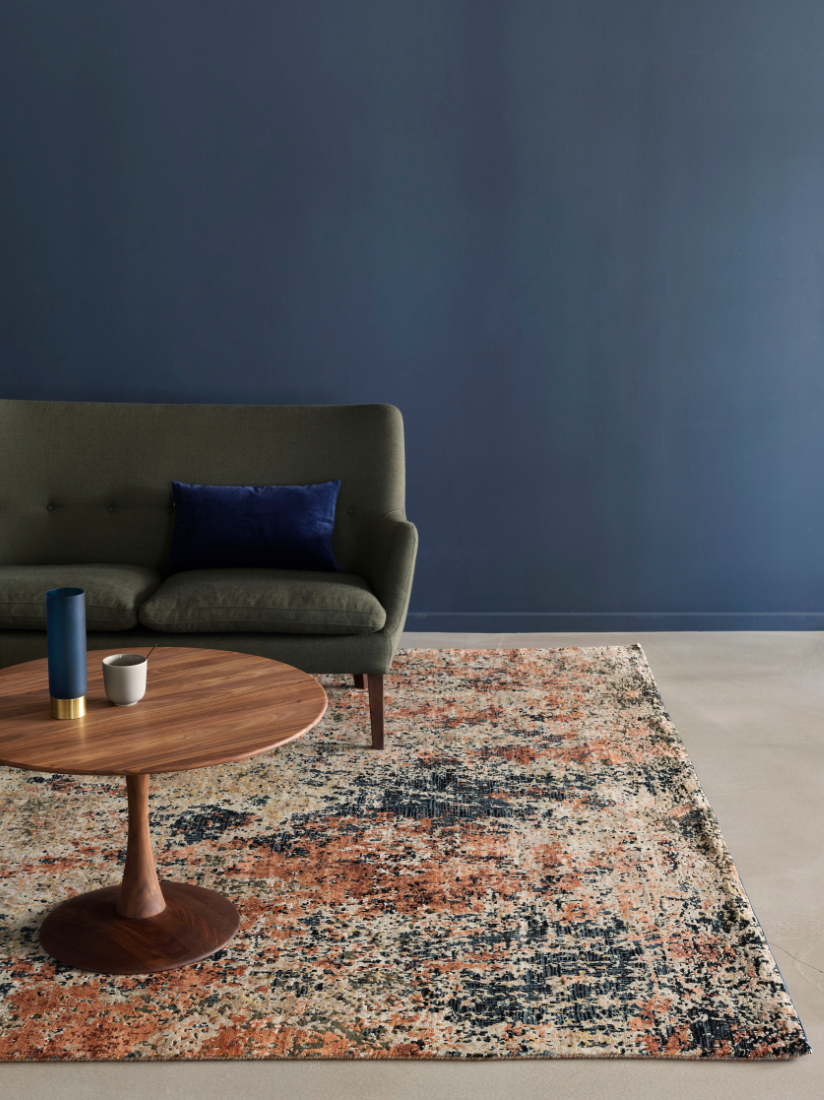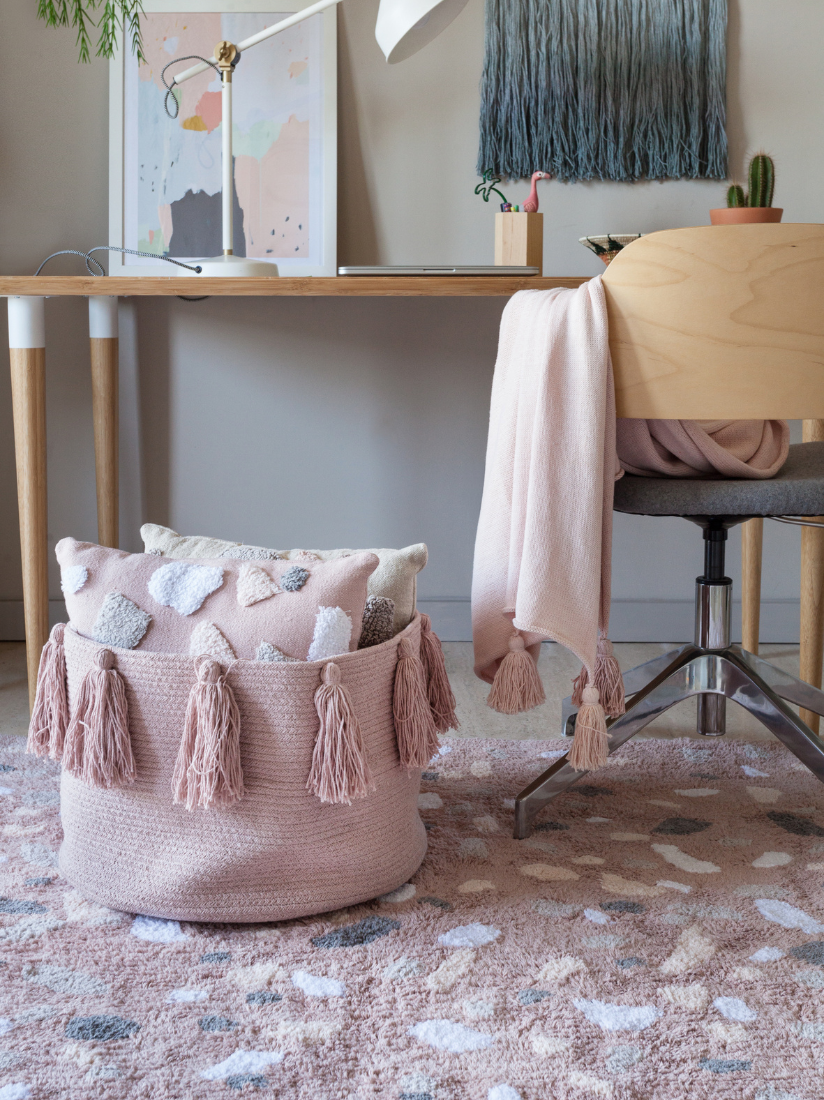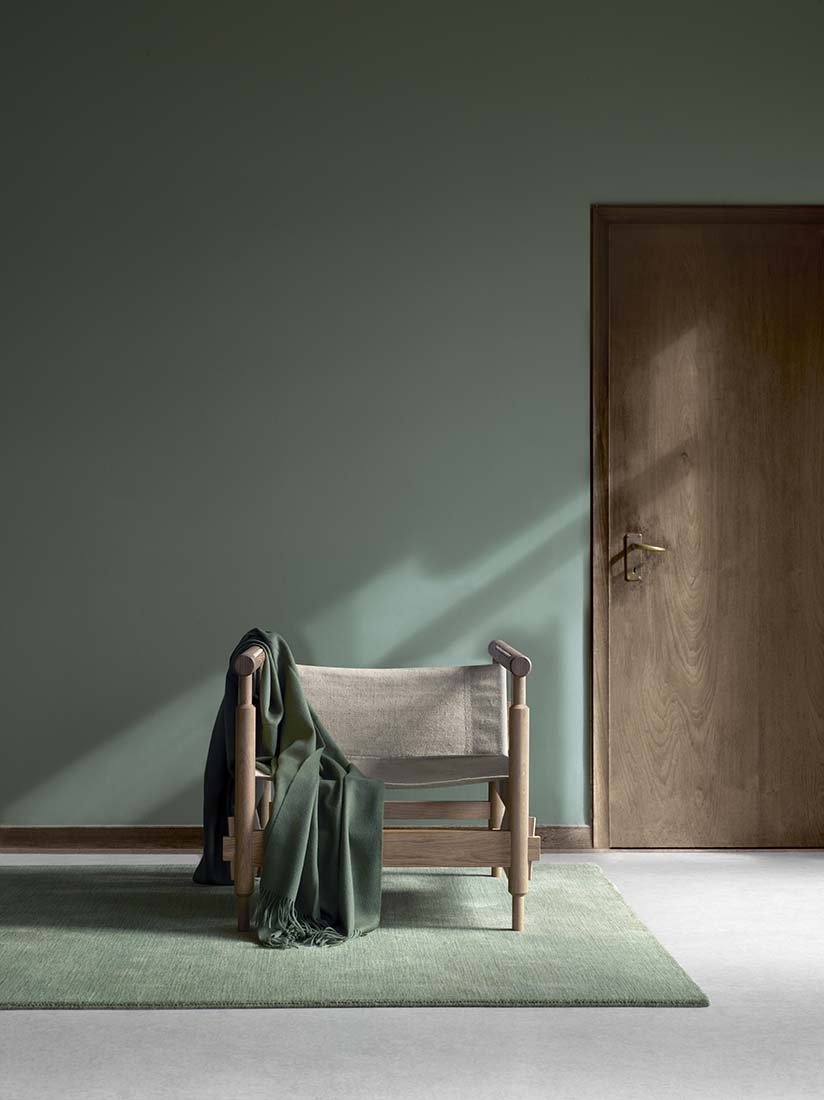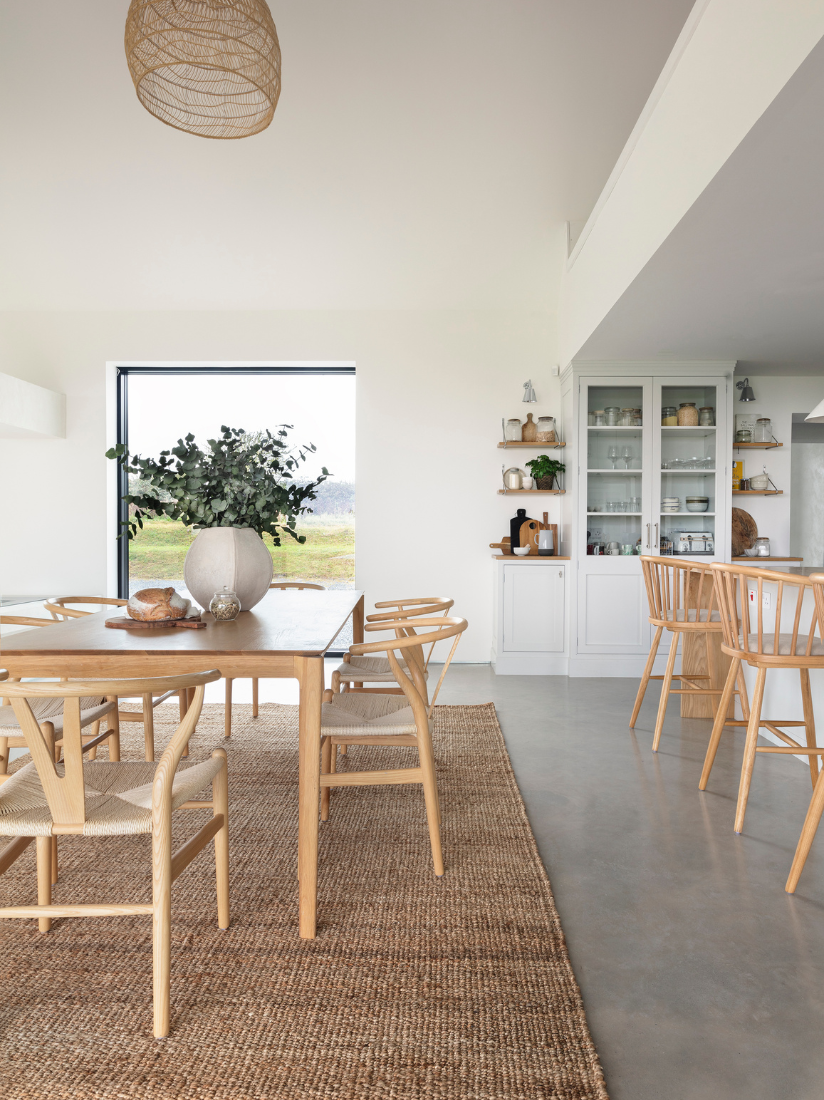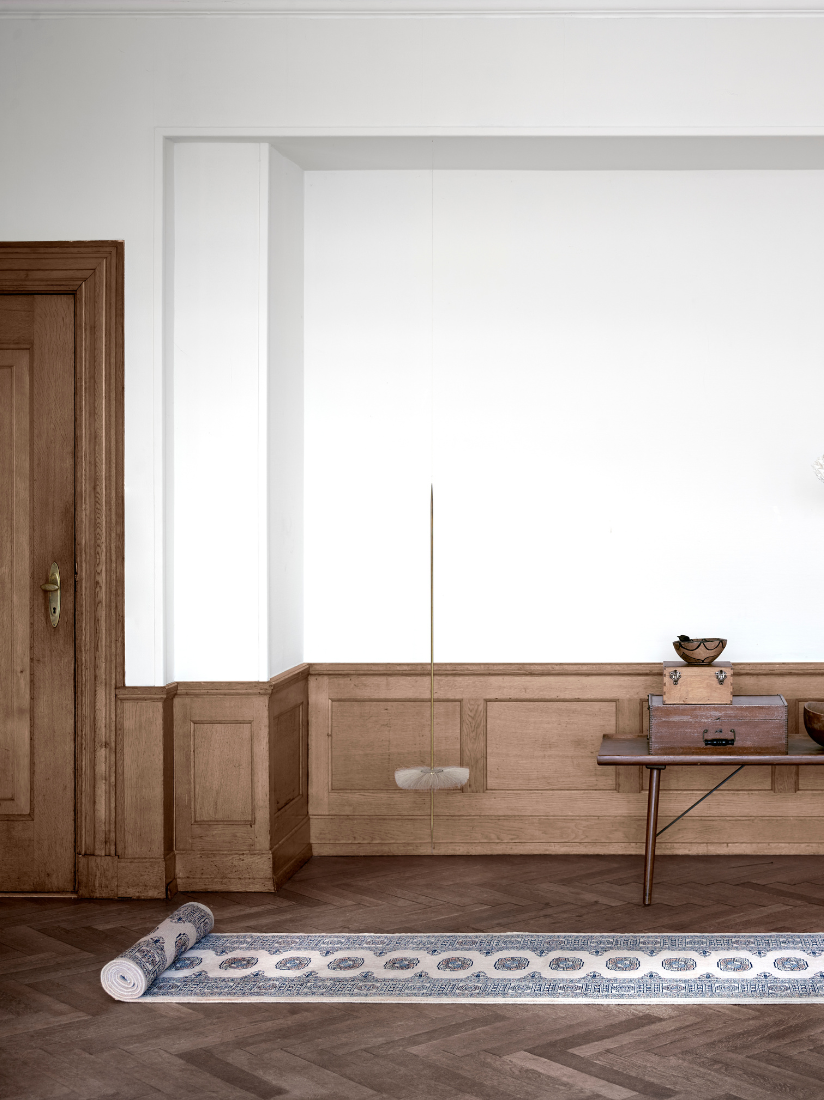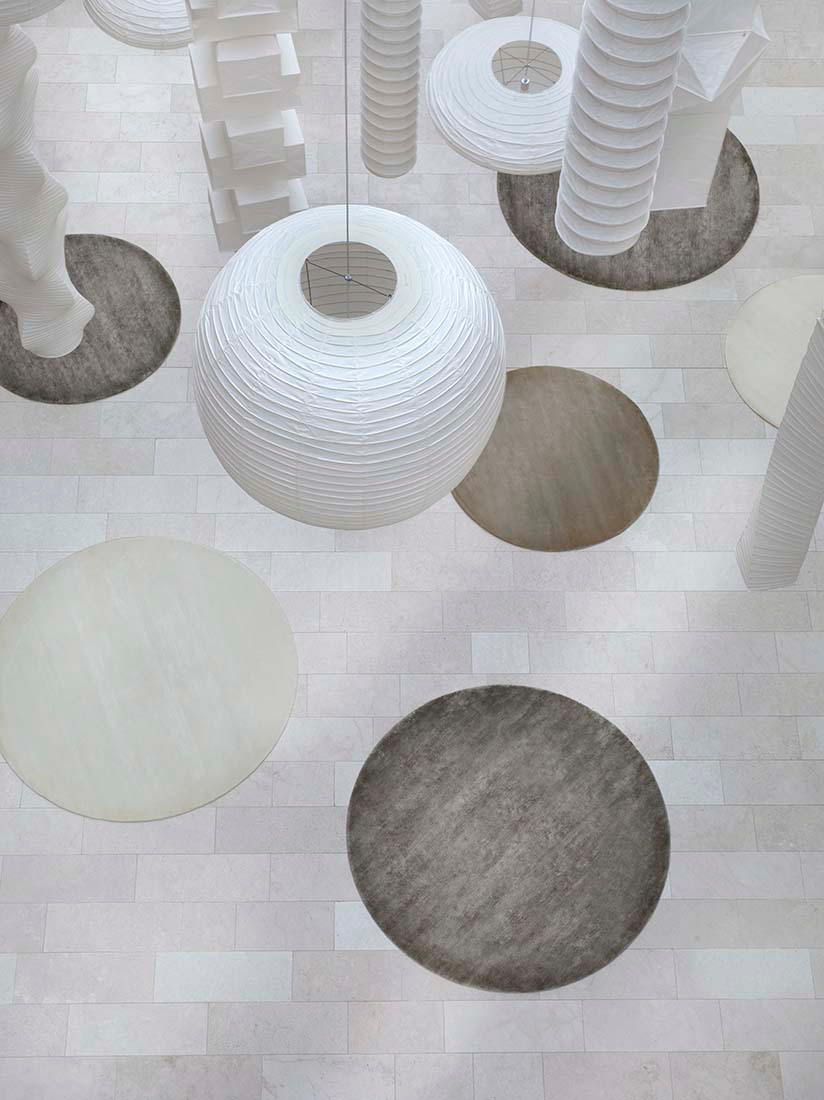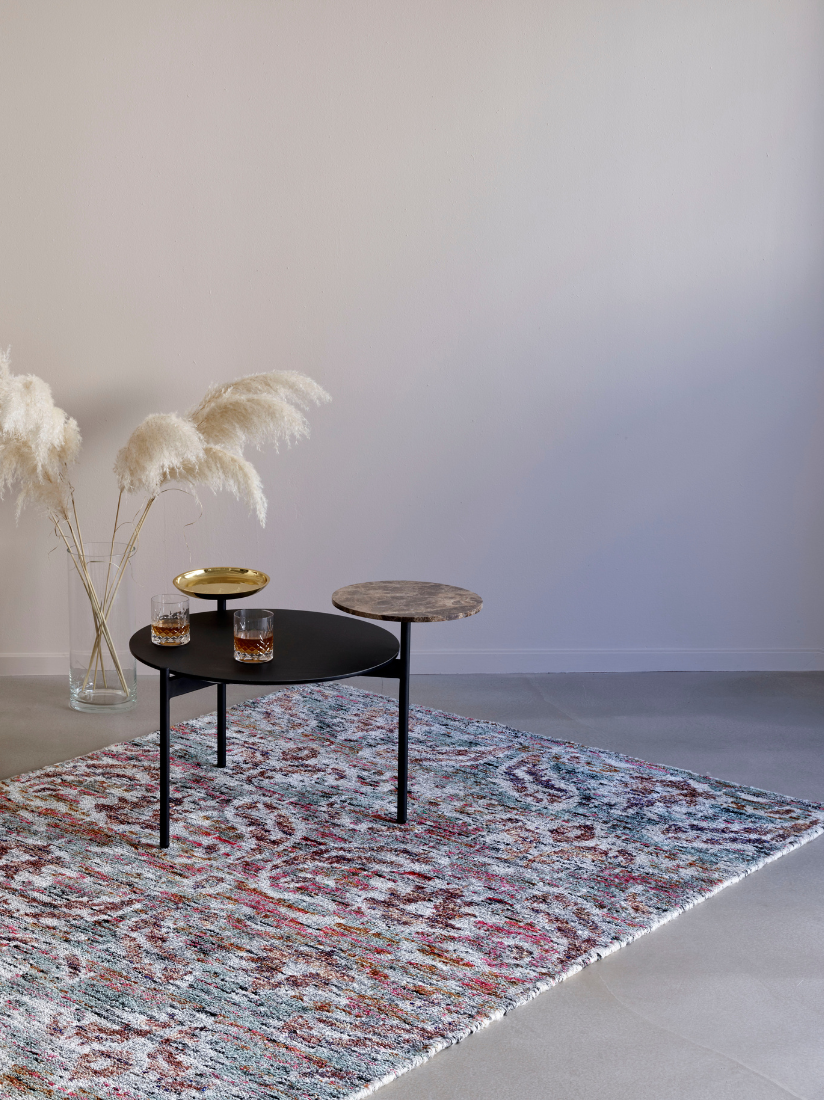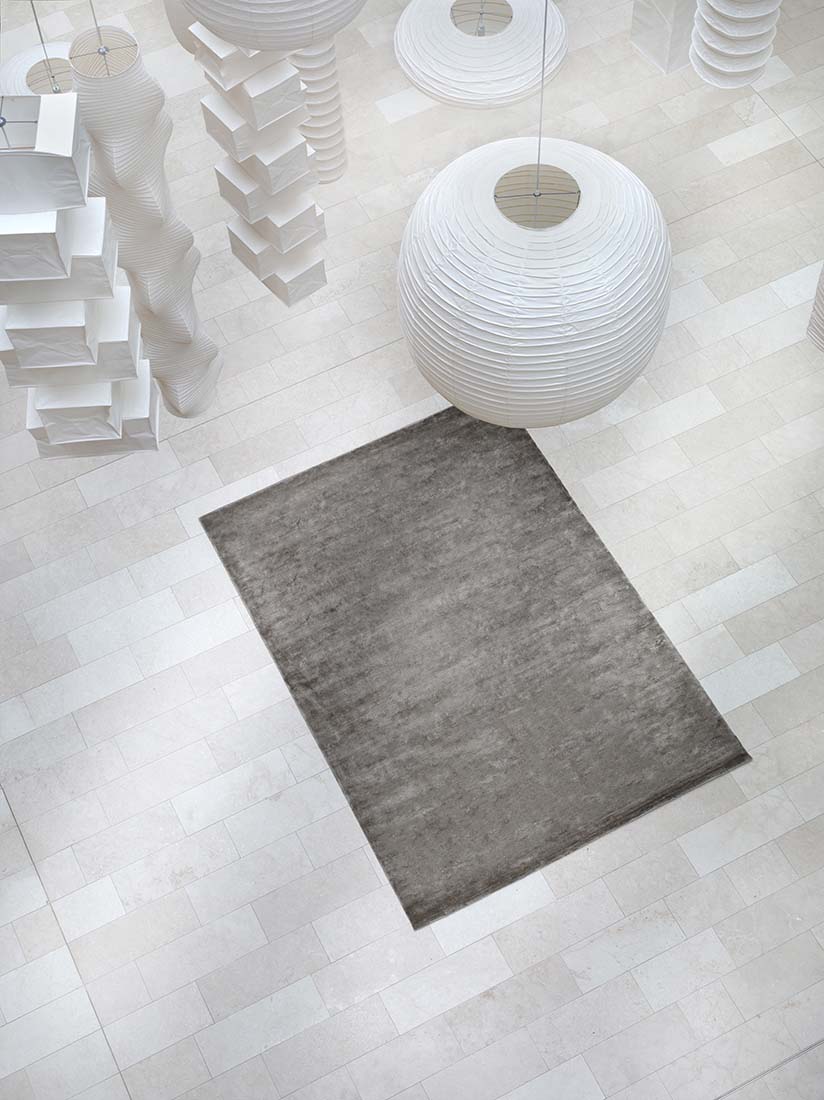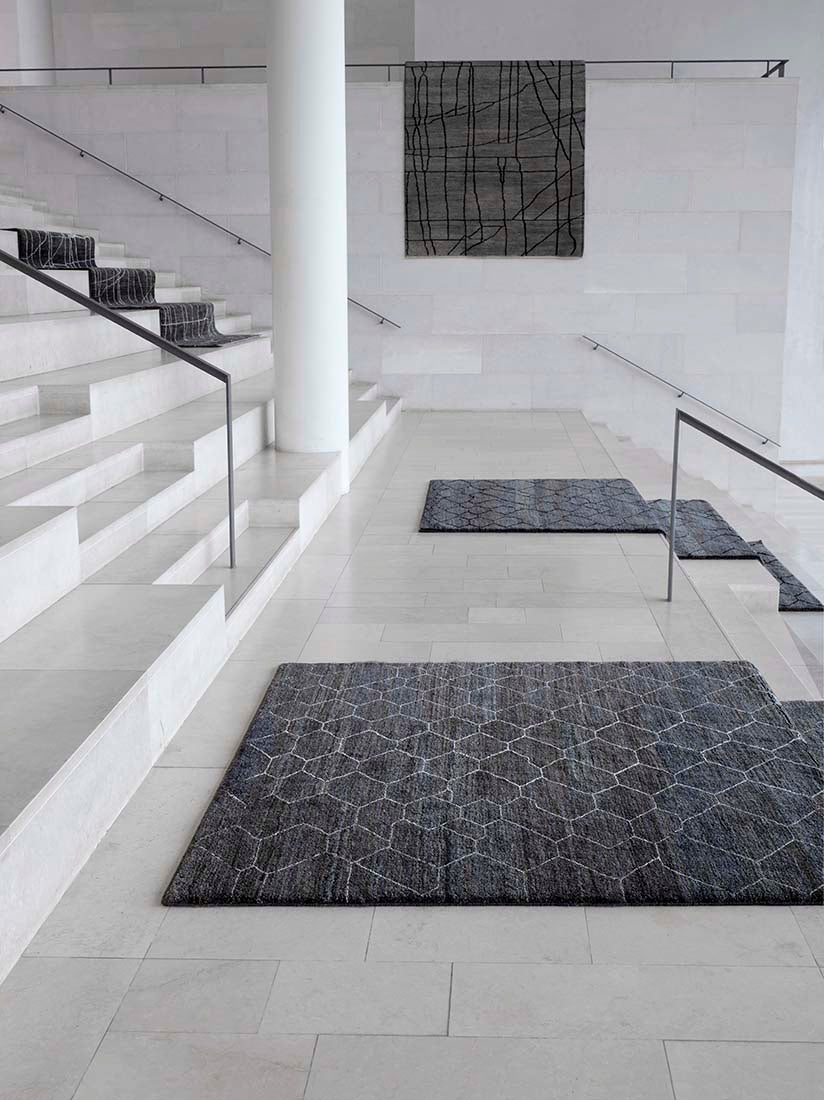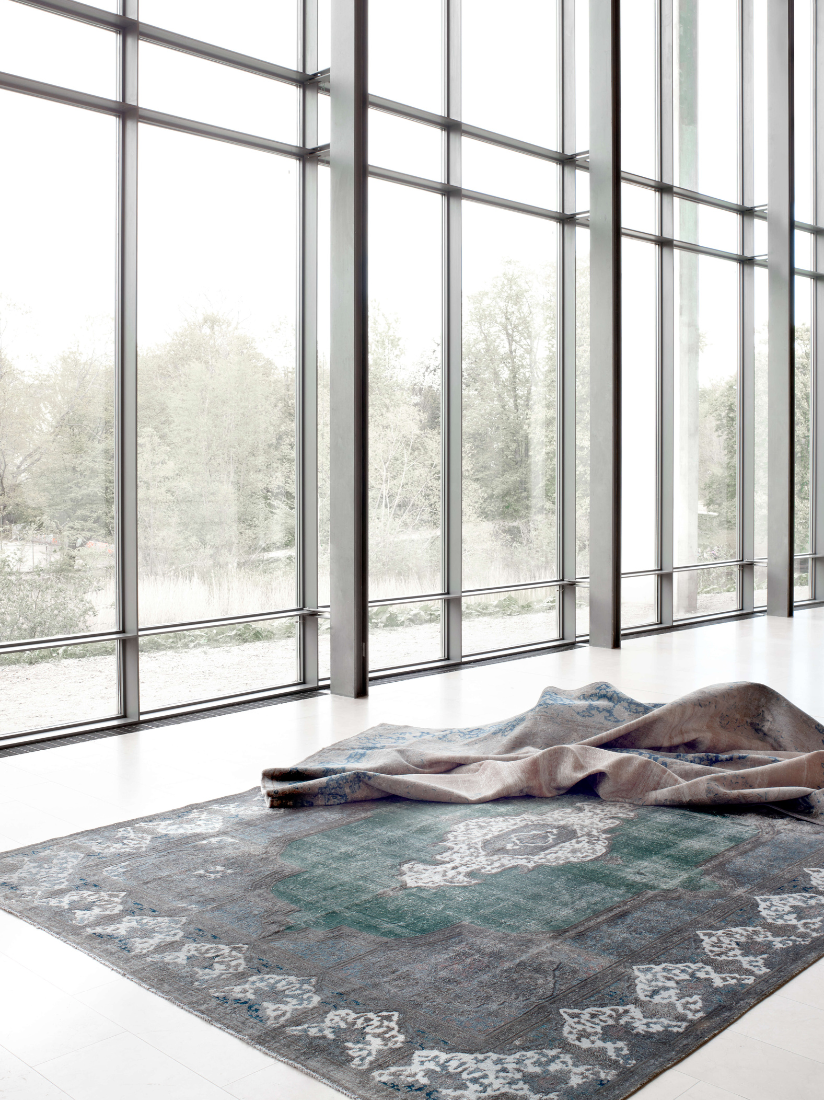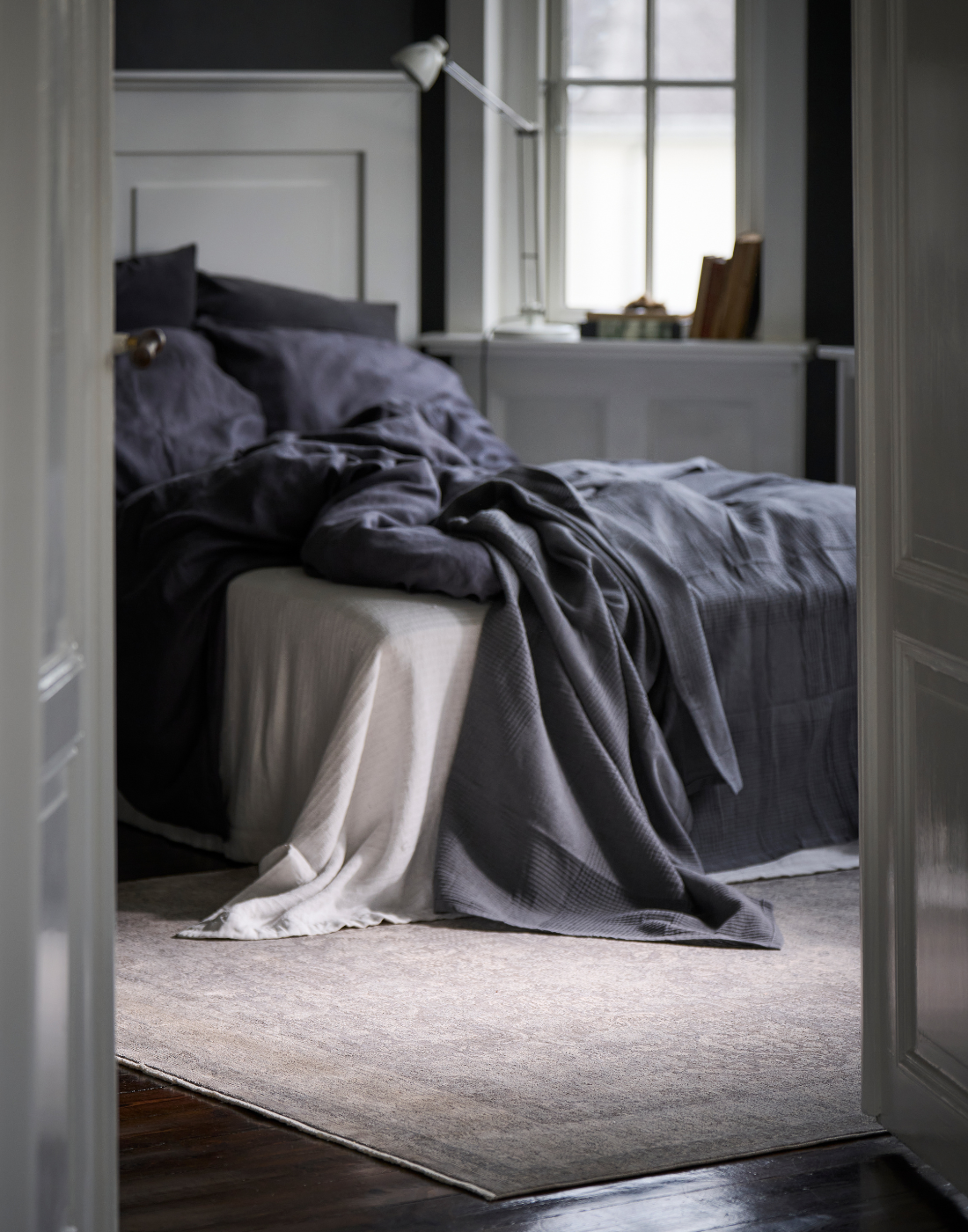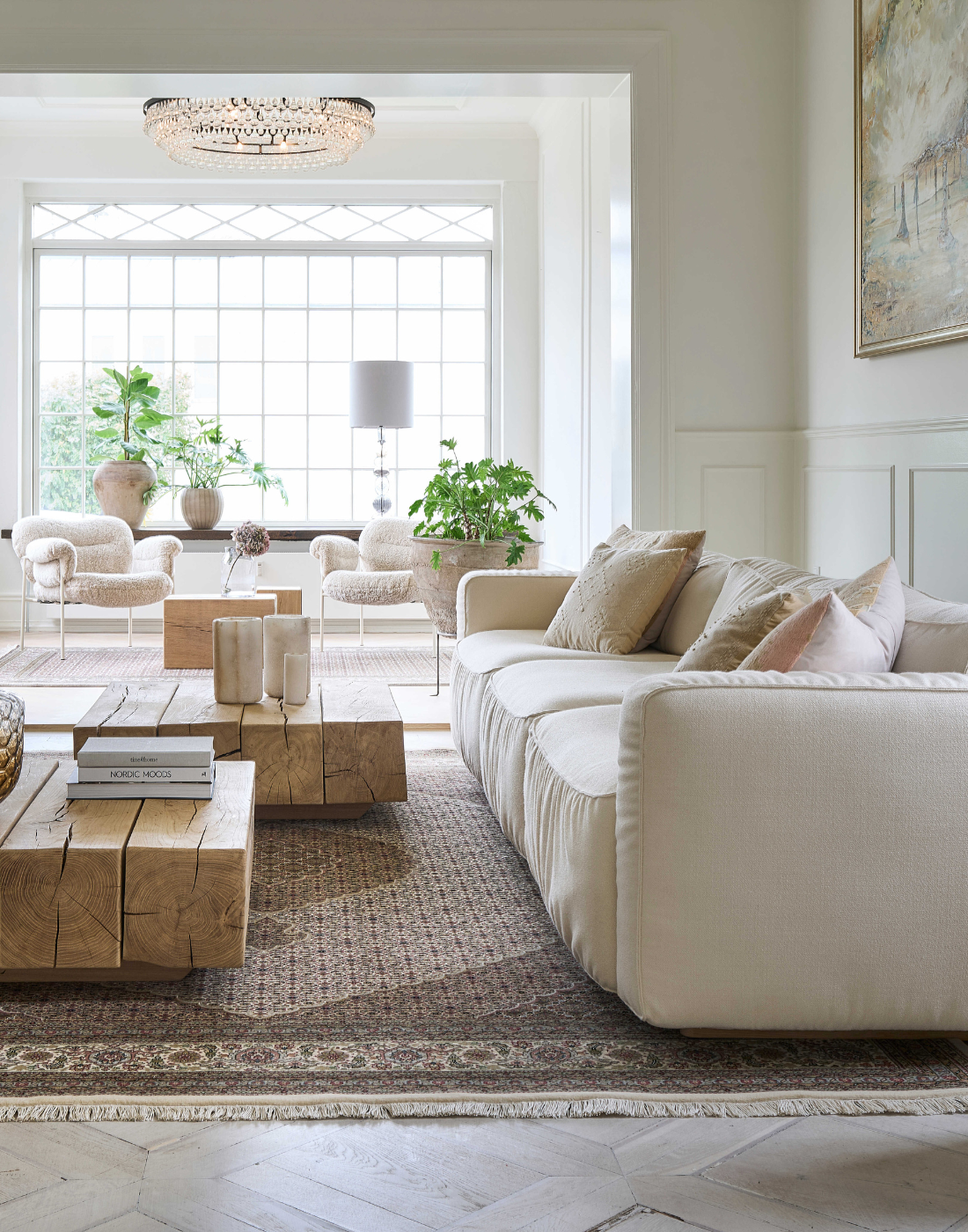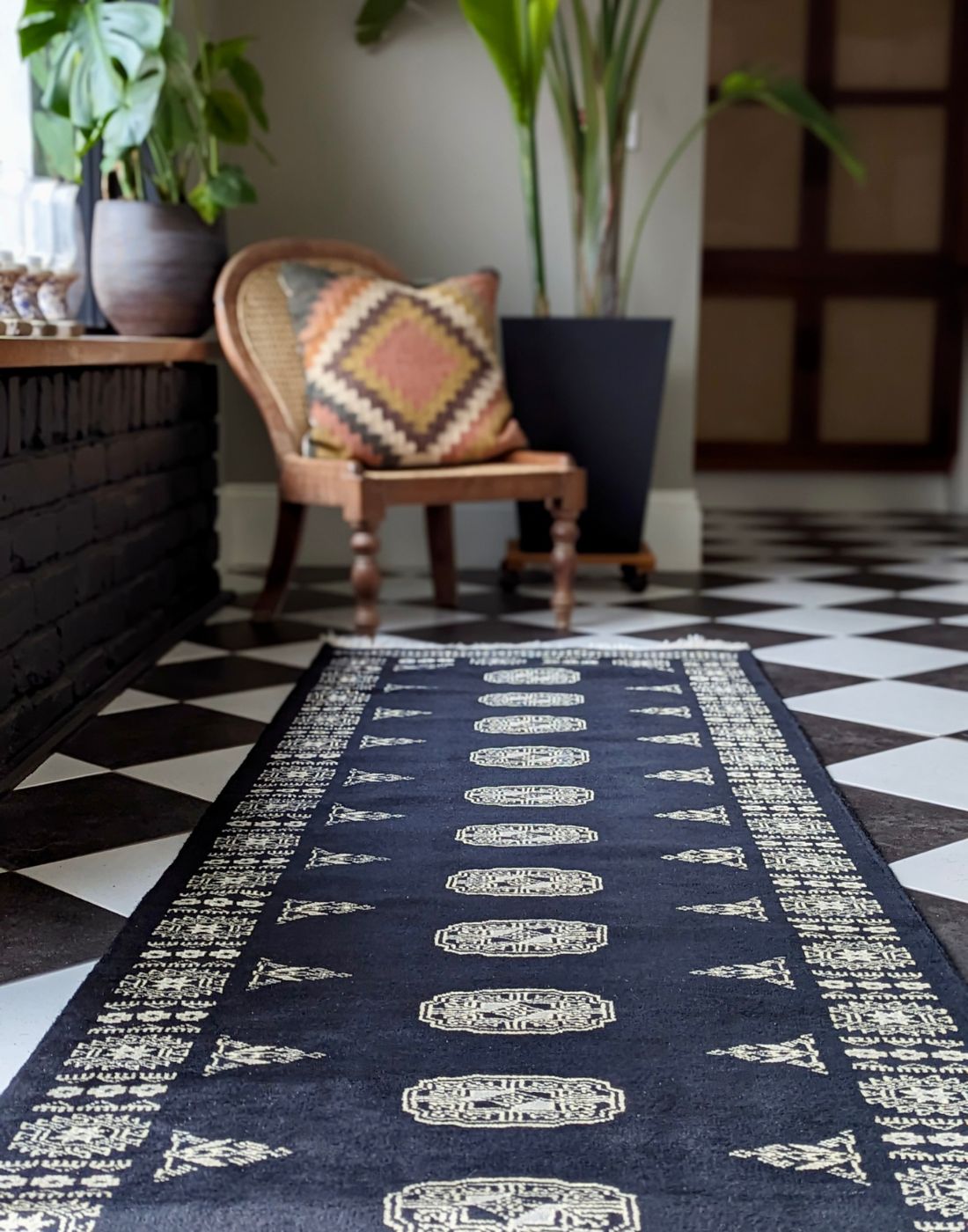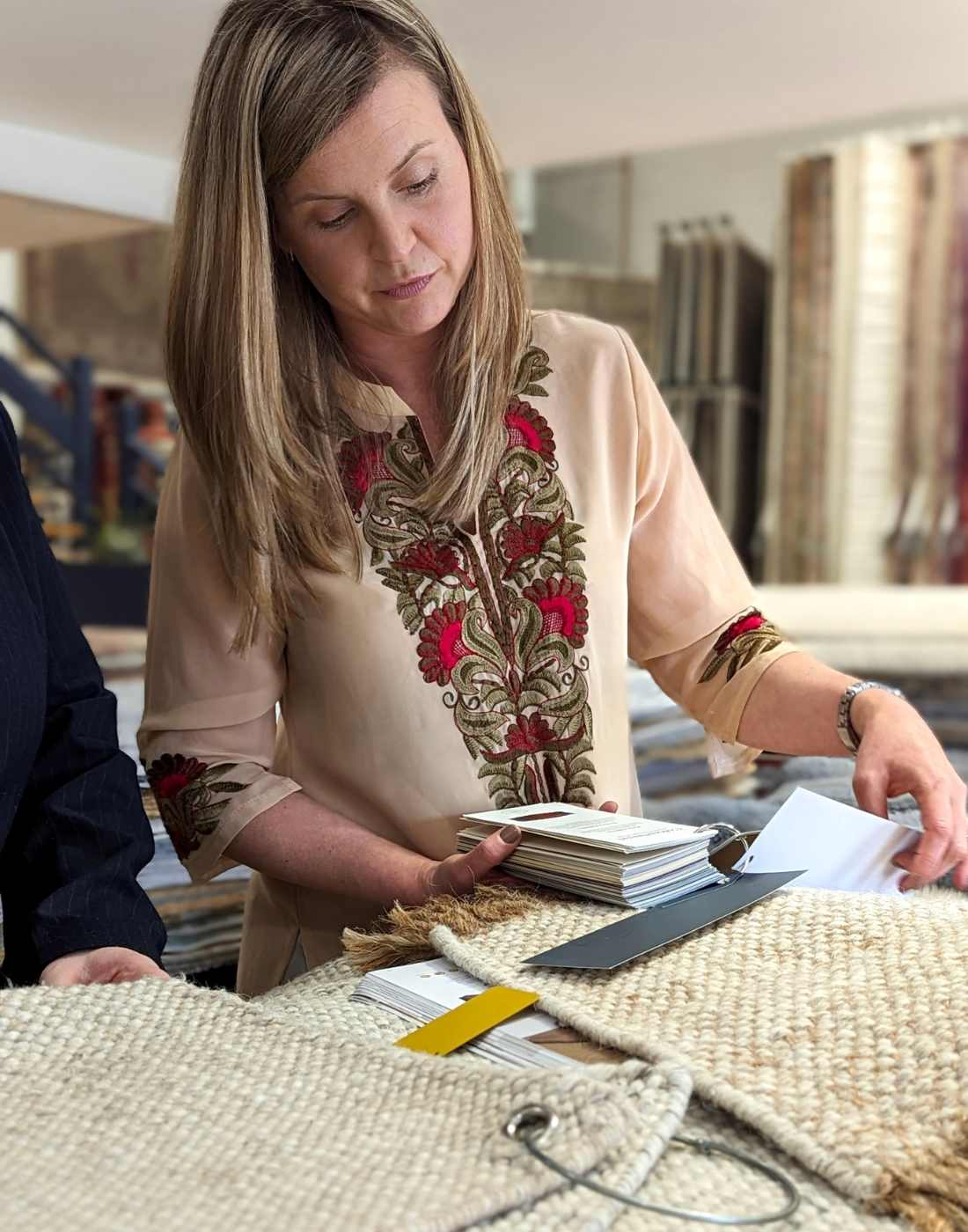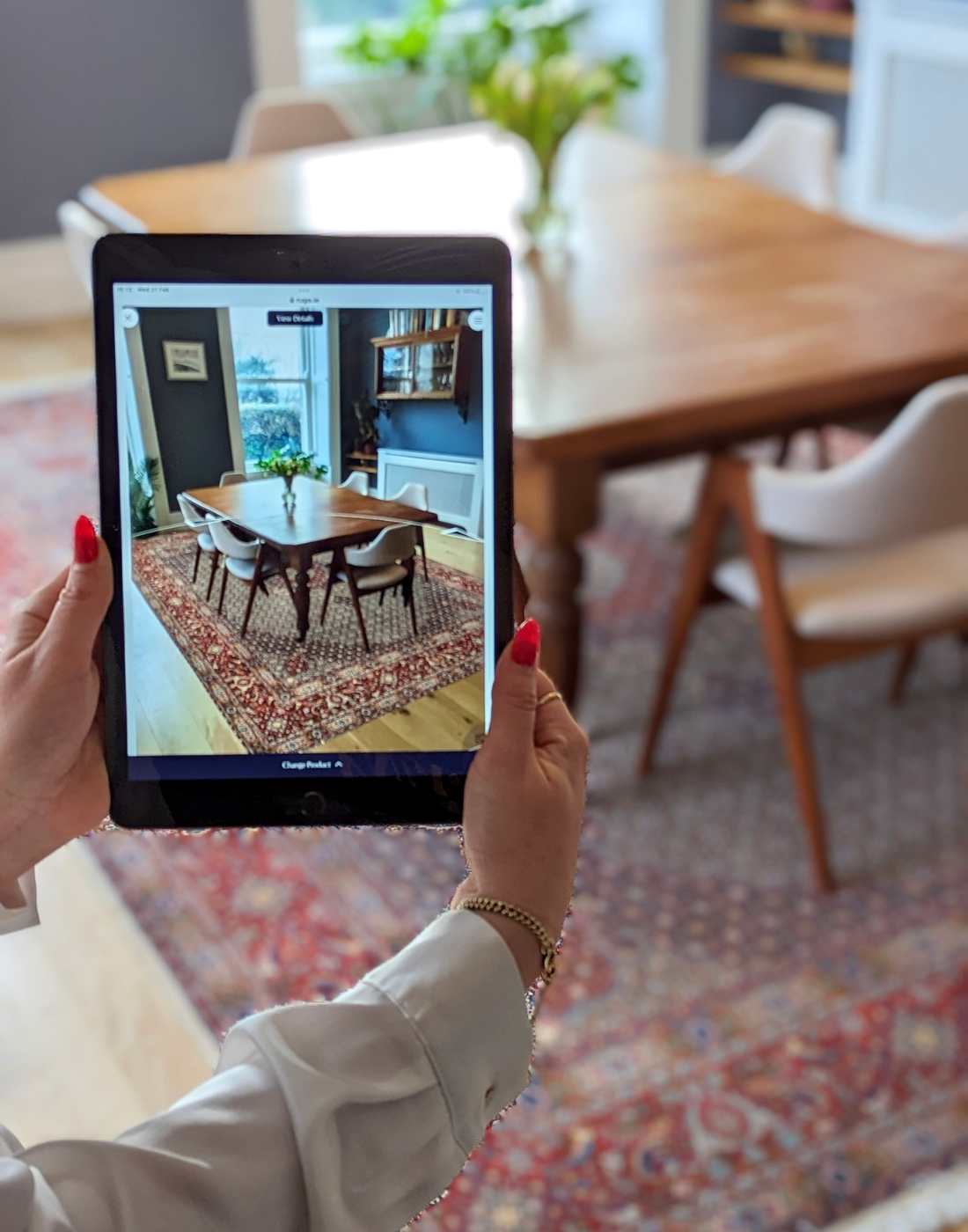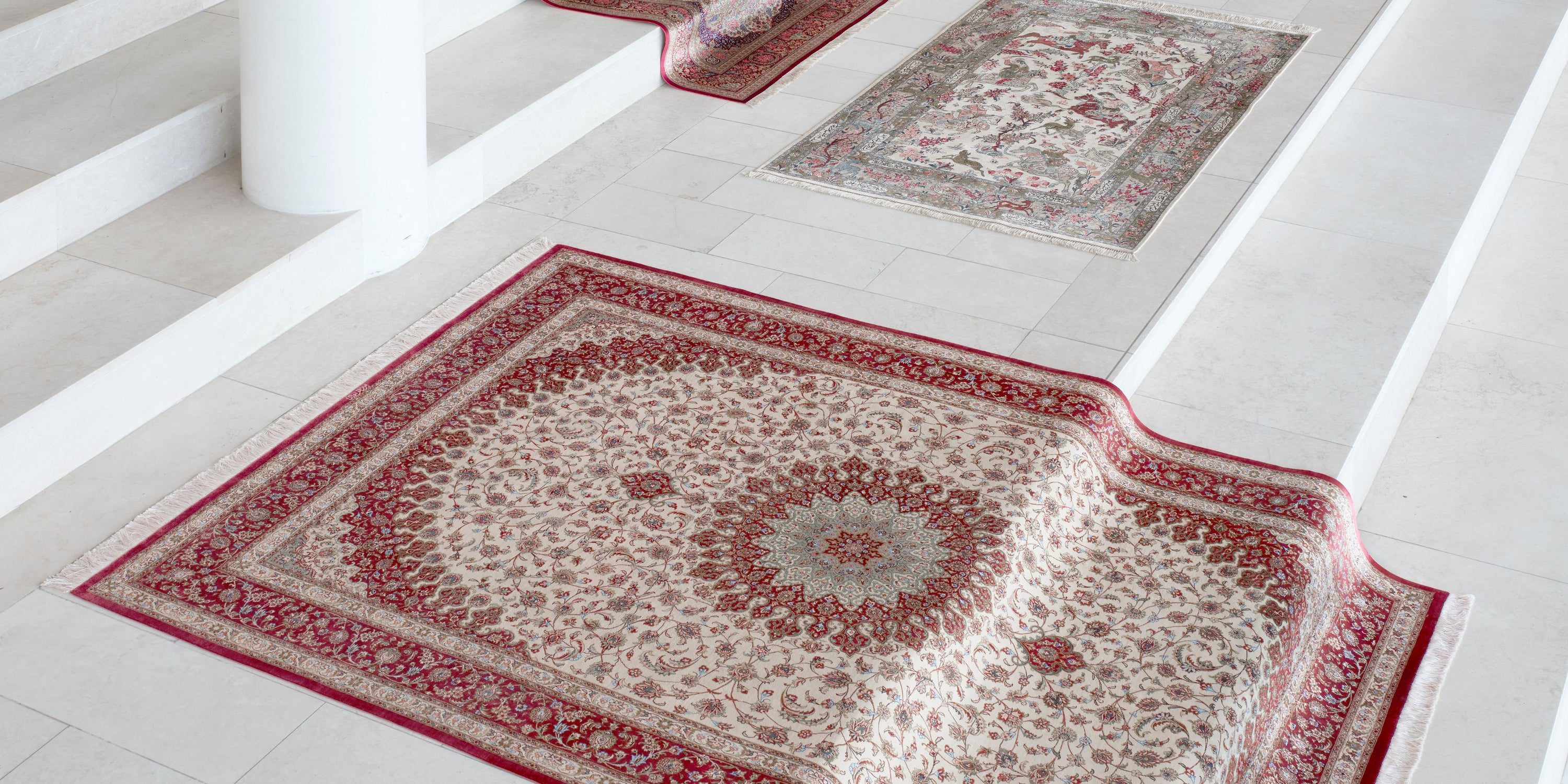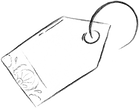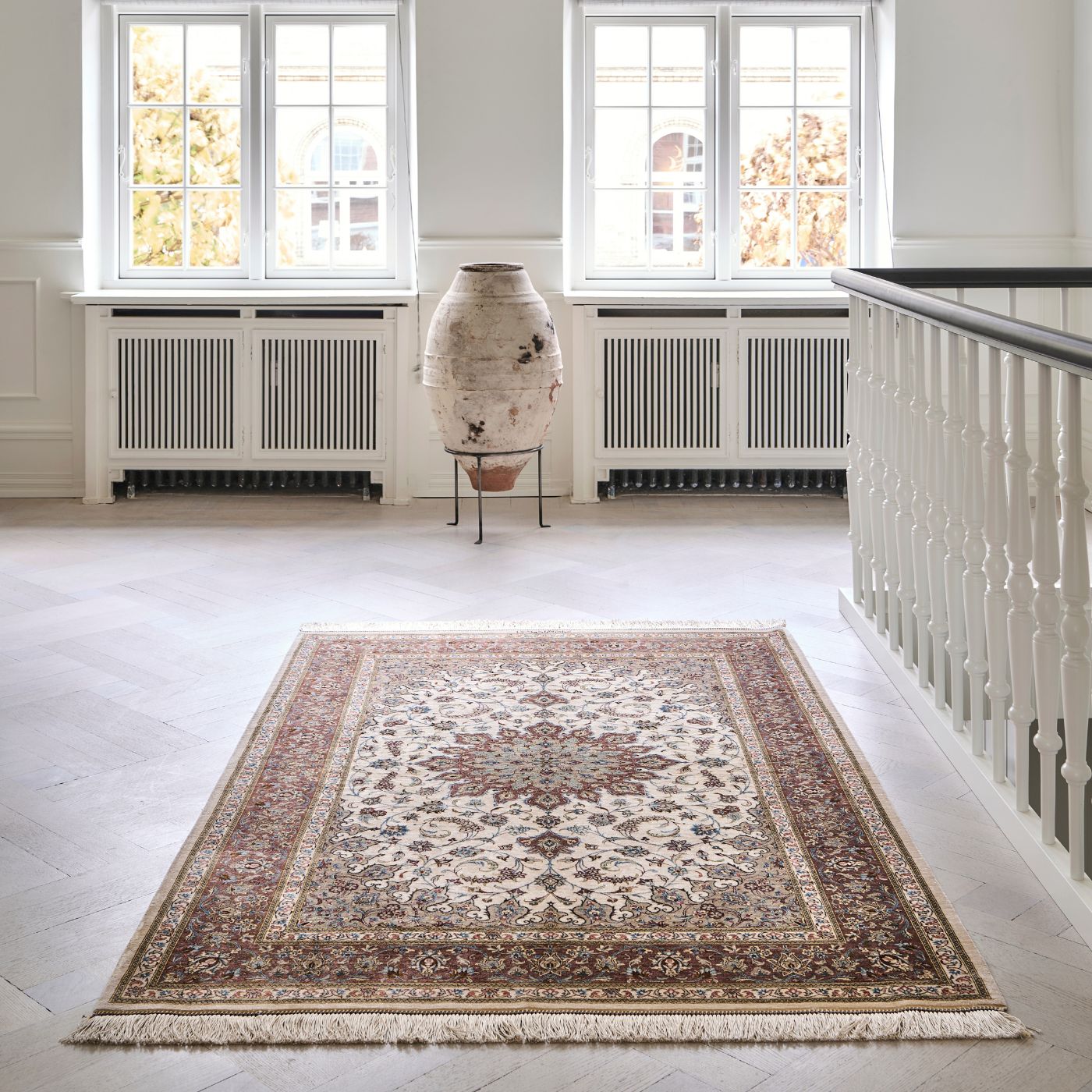
What Are Persian Rugs?
Persian rugs are a type of handknotted rug that are made in Iran, formerly known as Persia. These pieces are celebrated worldwide for their exquisite craftsmanship and rich history. Crafted from high-quality natural materials such as wool or silk, Persian rugs offer a soft, durable pile and are often seen as lifetime rugs.
With the rise of machine-made, Persian-inspired rugs, it can be challenging to identify a genuine Persian rug. Authenticity matters, not only for the quality and longevity of the rug, but also for the cultural heritage it represents. Whether you’re seeking an heirloom-quality piece or exploring Persian rug patterns to enhance your home décor, understanding the characteristics of authentic Persian rugs is key to making an informed choice.
What Are the Characteristics of Authentic Persian Rugs?
Handknotted Craftsmanship
Authentic Persian rugs are always handknotted, a skilled and labour-intensive process. You can often identify a handknotted rug by examining the underside. Genuine Persian rugs have no backing, allowing you to see the individual knots. The pattern on the back should mirror the design on the front, with a soft finish rather than the stiff, plastic-like backing common in machine-made rugs.
Material Quality
Persian rugs are traditionally crafted from high-quality wool, often sourced locally in Iran, and in some cases, silk is used to add a luxurious sheen. The result is a rug that is soft to the touch, durable and naturally stain-resistant. Machine-made rugs, on the other hand, typically use synthetic materials that lack the same texture and resilience.
Unique Sizing and Imperfections
These pieces are not mass-produced and typically have unique sizing. You’ll find sizes like 137x206cm, rather than the standard 120x170cm, 160x230cm or 200x300cm seen in machine-made alternatives. Authenticity is also reflected in small imperfections within the design - a natural result of being woven by hand on a wooden loom. These imperfections add character and highlight its handmade origin.
Integrated Fringing
The fringe on a Persian rug is a continuation of the rug’s structure, created as part of the weaving process. In contrast, machine-made rugs often have fringes sewn on afterwards, making them purely decorative rather than functional.
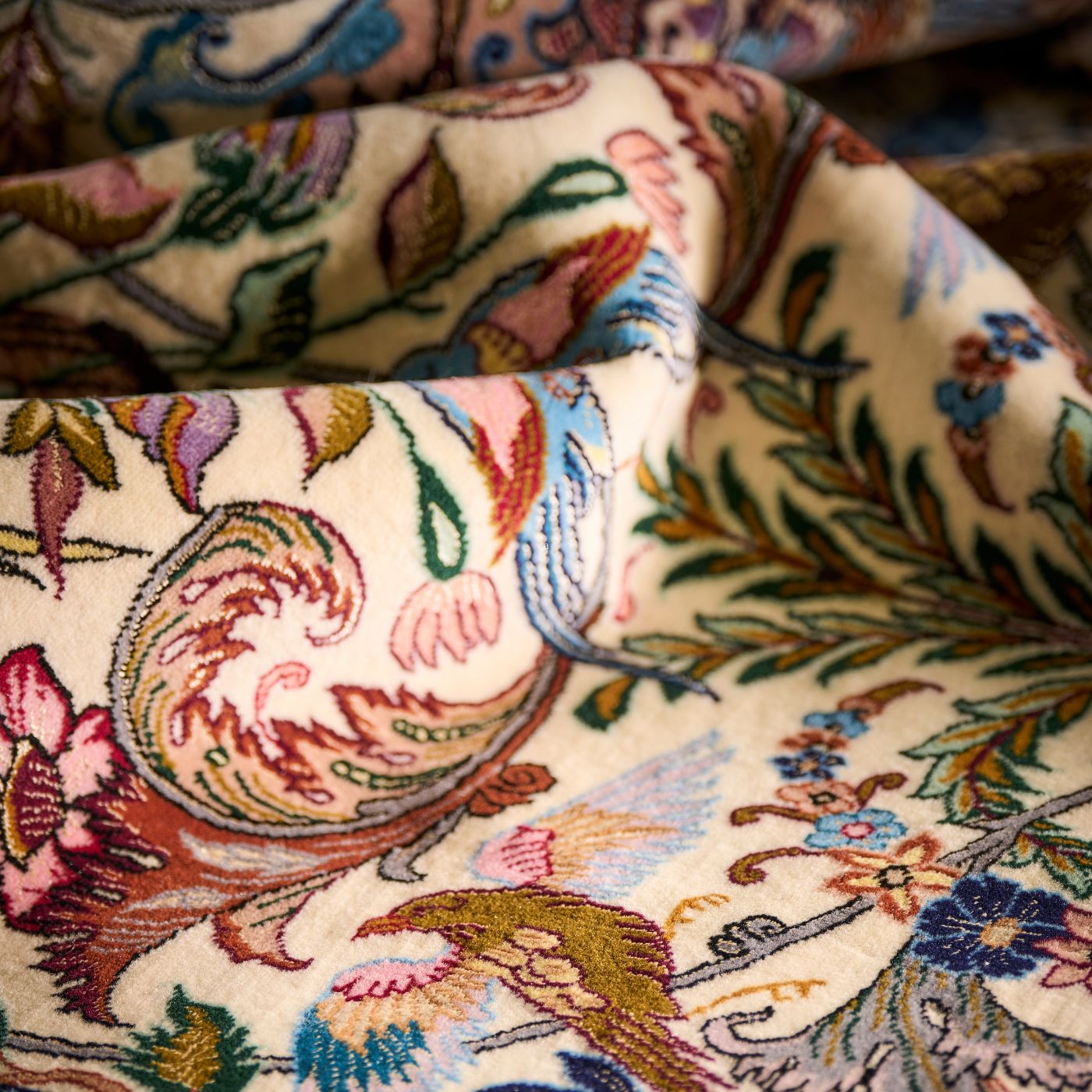
Persian Rug Patterns
Persian rugs are often named after their place of origin and typically have an identifiable style or design. For example Isfahan rugs are made in the city of Isfahan and typically feature delicate floral designs in rich tones. These regional distinctions contribute to the rich variety of Persian rug styles, each offering a unique blend of traditional craftsmanship and striking design.
The Benefits of Authentic Persian Rugs
These handcrafted pieces combine durability and artistry, making them a valuable and versatile choice. Below are some of the key benefits of owning a genuine Persian rug.
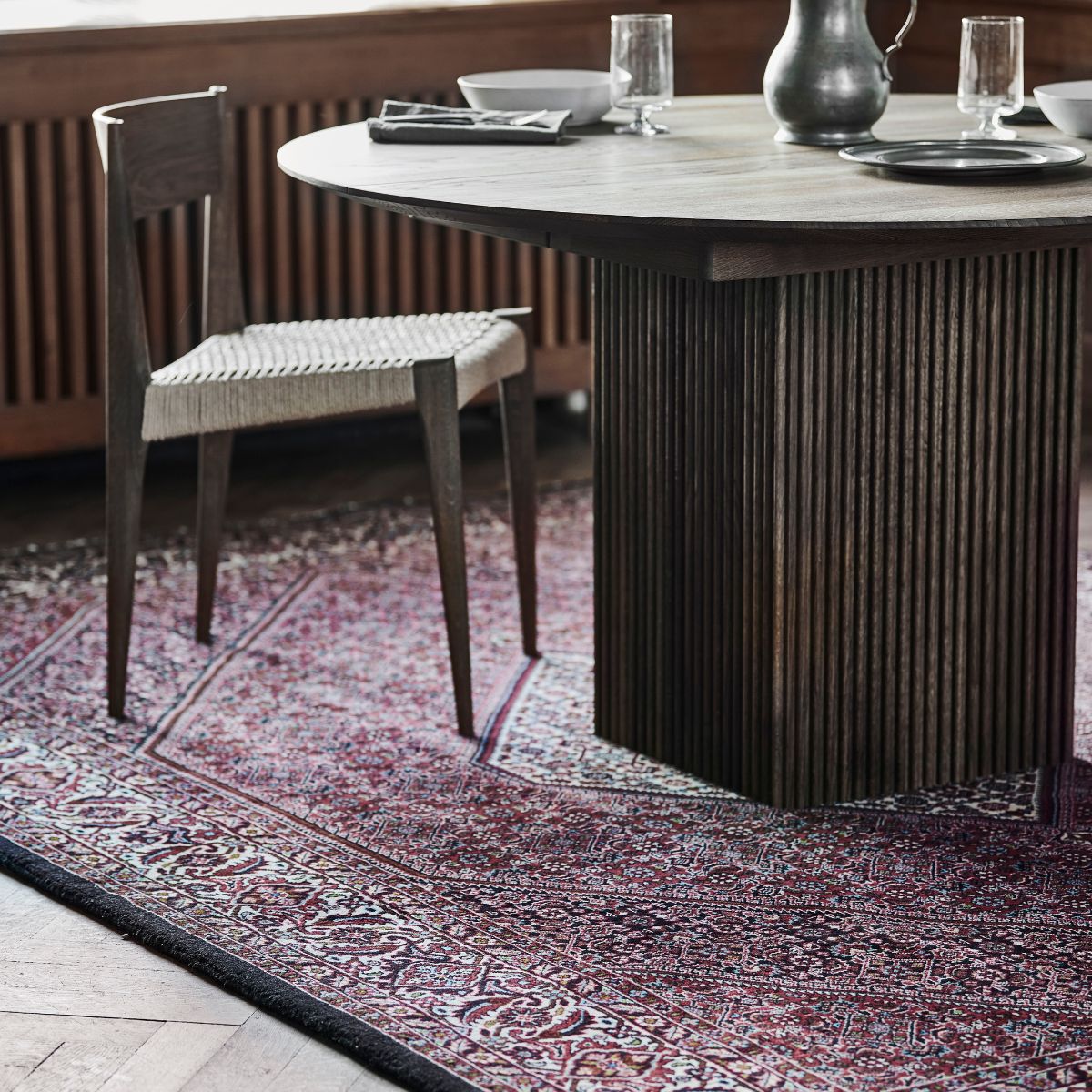
Longevity and Durability
Authentic Persian rugs are designed to last a lifetime, often becoming family heirlooms passed down through generations. Made from high-quality natural materials like wool these rugs are built to withstand daily use while maintaining their aesthetic.
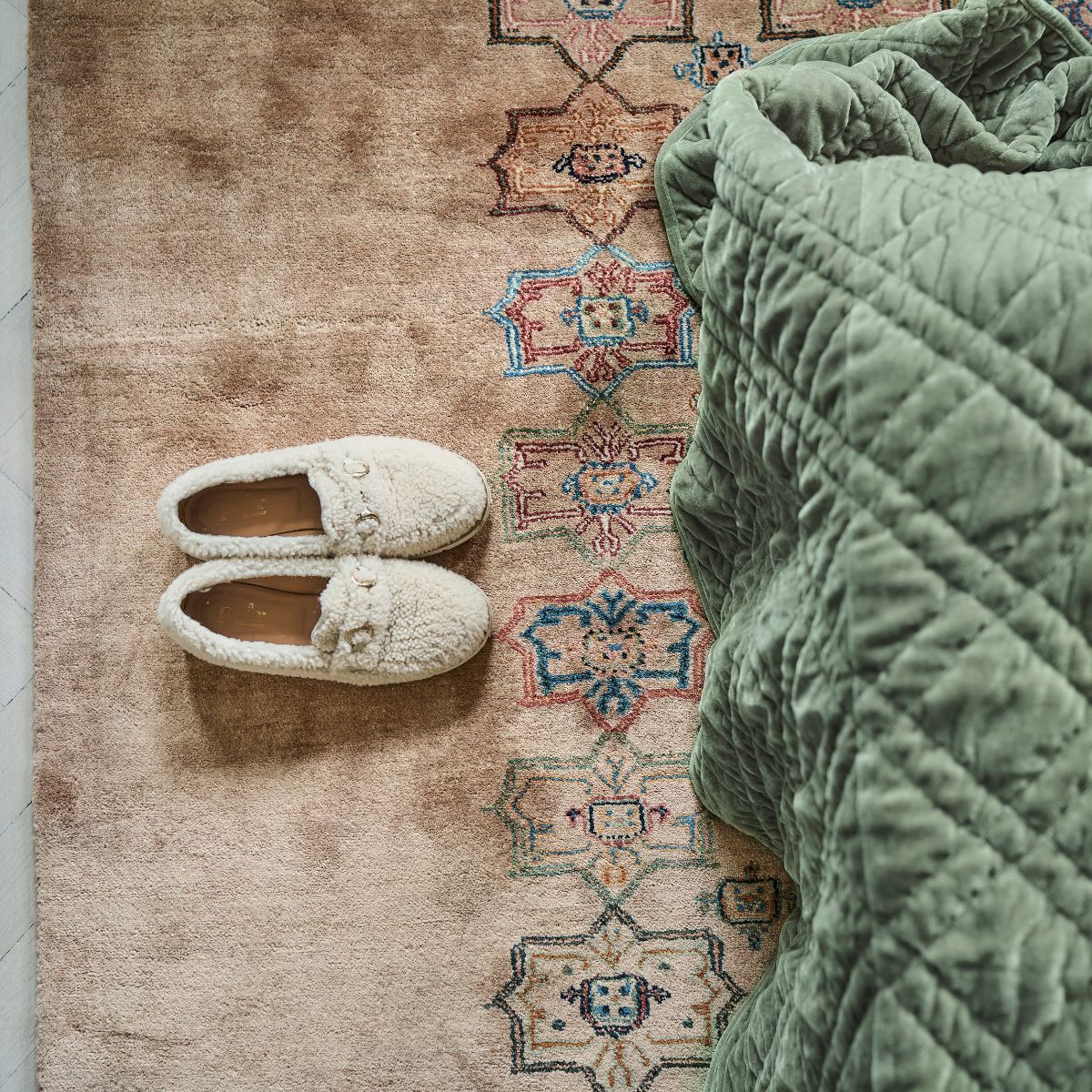
Comfort and Warmth
The natural materials used in Persian hand-knotted rugs provide exceptional comfort and warmth underfoot. Wool rugs, in particular, offer a plush texture and natural insulation, making them ideal for both cosy living spaces and more formal settings.
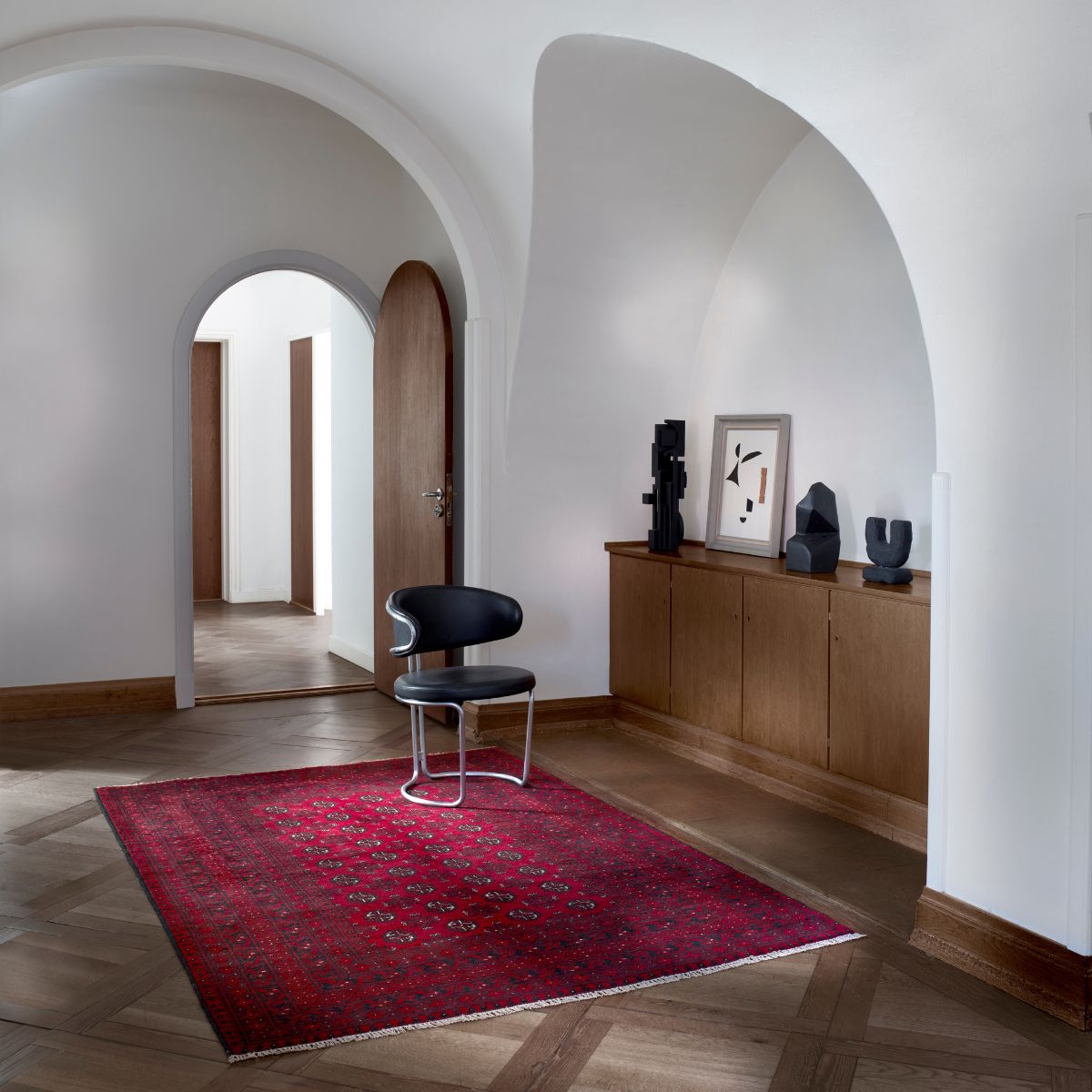
Versatility in Home Décor
Authentic Persian rugs can complement a wide range of interior styles, from traditional to modern. Their intricate patterns and rich colours can act as a focal point in any room, while their ageless appeal ensures they blend seamlessly with other design elements.
